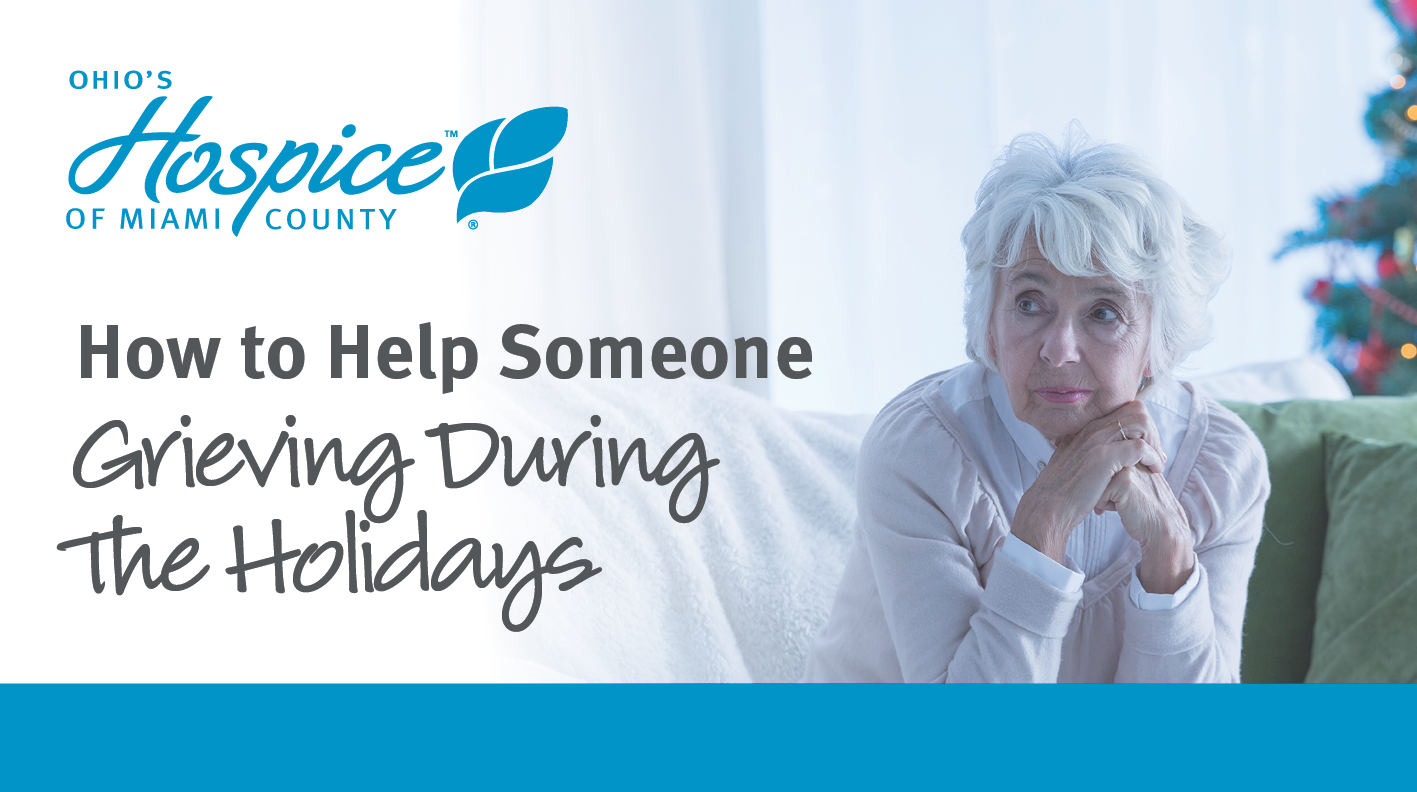
Holidays Can Be Hard on Those Who Are Grieving
For many, an ever-lengthening marathon of holiday preparations and activities can be especially painful following the loss of a loved one. Even in the best of times, the holiday season can tax our physical, emotional, and financial resources. It should come as no surprise when grieving people start to feel a sense of dread as they contemplate the first holidays after a loss. Since withdrawing into a cave and hibernating with the bears until spring comes is not a practical option, the best strategy is to prepare and plan for the challenges the holiday season brings.
Recognize your very human tendency to expect and predict the worst. In fact, most bereaved veterans of “first holidays” will tell you that although the holiday itself presented them with some painful moments, their anticipation was much worse than the experience.
Here are some suggestions that may help ease the hardships of the holiday season for those still grieving:
- Seek out structured opportunities to acknowledge your loss and honor the memory of your loved one. Participation in remembrance and memorial events can serve as meaningful opportunities for healing.
- Involve other family members in planning for the holidays. A family conference can be an effective forum that encourages the renegotiation of holiday plans and individual responsibilities based on input from everyone.
- Scale back or eliminate—decorating, shopping, baking, cards, social obligations. Even in the best of years we often find ourselves exhausted by trying to “do it all’; when grief is part of the mix, it becomes clear that “doing it all” is more than impossible.
- Consider altering, rather than discarding, important family traditions. While it might be too painful this year to gather around the dining room table for the “traditional” home-cooked dinner, a buffet meal that everyone contributes to, or dinner out at a restaurant, may be preferable alternatives.
- Create new rituals that incorporate your loved one’s memory into the holiday. Flameless candles that “burn” throughout the season, lighting a memorial candle at mealtime, decorating the gravesite with seasonal flowers or other items are all examples of small, but meaningful, rituals that acknowledge our continuing bonds.
- The custom of holiday gift giving is often a painful reminder of the gifts and people we are no longer shopping for. Many find that intentional gifts to lonely shut-ins, residents in nursing homes, or individuals/families with material needs can be a meaningful way of honoring deceased loved ones.
- Intentional “random acts of kindness” during the holiday season can be highly therapeutic. A larger than normal tip for the waiter or waitress, paying the bill for an unsuspecting diner, leaving change in a vending machine, leaving a book in a waiting room or bus station with a note to enjoy, sending an anonymous gift to someone you know, offering a kind word to a frazzled mother… the opportunities to look outside ourselves are limitless.
- Nurture yourself. Take a nap, sleep in, soak in the tub, or get a massage.
- Ask yourself this question- “If I knew that this holiday season was to be the last one that I would have with my remaining loved ones, how would I spend it?” Loss teaches us that the moments we are granted in life are incredibly fleeting and valuable.
- Seek out additional support. Attending a grief support group or talking to a grief counselor can be of immeasurable help in meeting the challenges of navigating the holiday season.
For more information about grief counseling, contact Pathways of Hope at the Ohio’s Hospice of Miami County’s Generations of Life Bereavement Center at (937) 573-2103.
Author Profile
Latest entries
 Media ReleaseJanuary 1, 2024Community Hospice to Join Ohio’s Hospice Strategic Partnership
Media ReleaseJanuary 1, 2024Community Hospice to Join Ohio’s Hospice Strategic Partnership #CelebratingLifesStoriesNovember 21, 2023Priesthood, Shelters and Hospice Care: A Life of Service for Barbara Parini
#CelebratingLifesStoriesNovember 21, 2023Priesthood, Shelters and Hospice Care: A Life of Service for Barbara Parini News and UpdatesJuly 28, 2023Ohio’s Hospice Volunteer Experiences Hospice Care as a Loved One
News and UpdatesJuly 28, 2023Ohio’s Hospice Volunteer Experiences Hospice Care as a Loved One News and UpdatesJuly 19, 2023The Not-for-Profit Difference
News and UpdatesJuly 19, 2023The Not-for-Profit Difference

